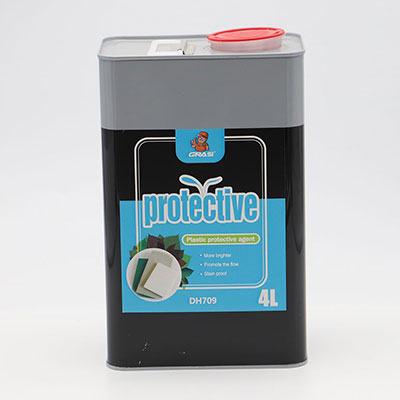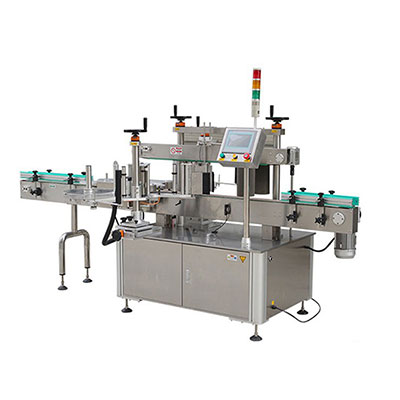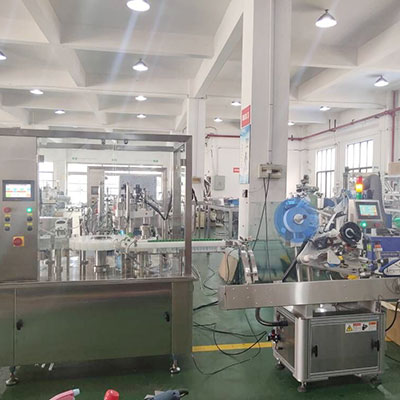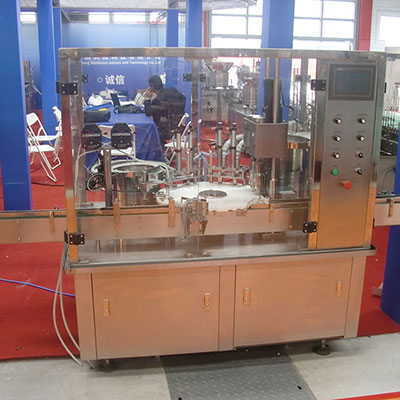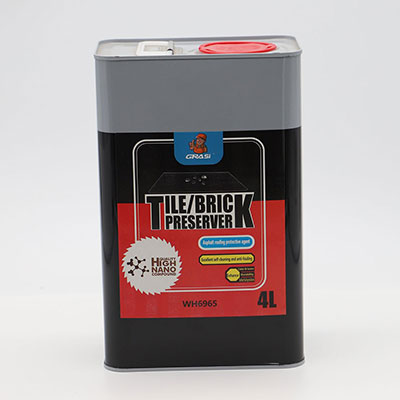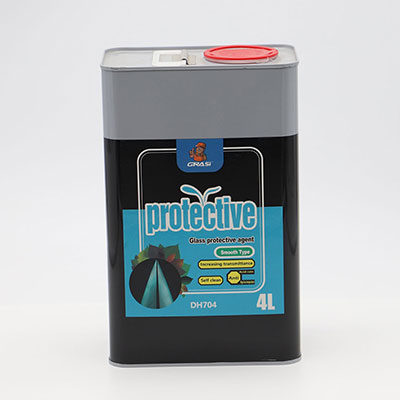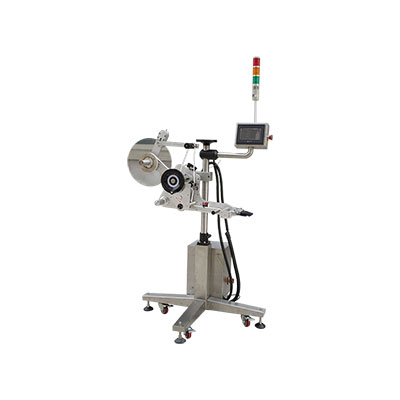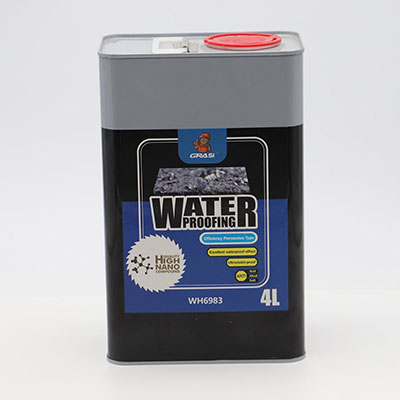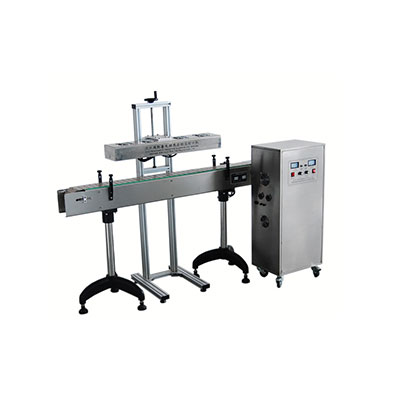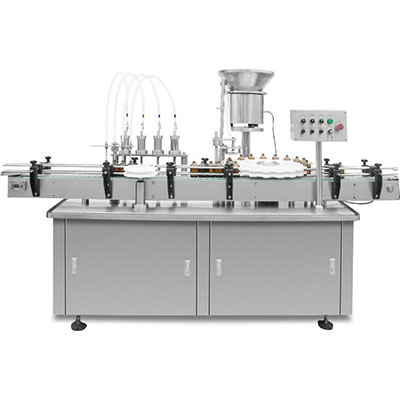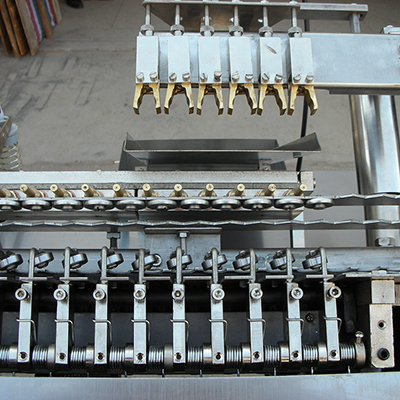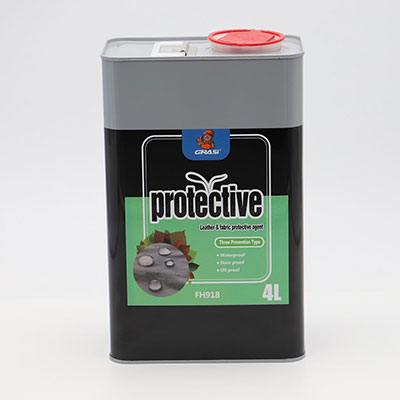Advantage of PM process
CNC machining is a process for machining parts using automated CNC machines. Using CNC machine to machining parts is an option, but the cost is so high that generally it is used for small precision parts!
Features: The product has good strength and high precision, but there are so many processing steps, as well as the low utilization of material and low production efficiency increase the cost. For high-volume production, CNC machining still has the disadvantages of complex operation, troublesome cleaning and long production cycles.
The following is a comparison between CNC machining process and powdered metal processing technology.
Stamping Part
Stamping is a processing method using a forging machine to apply pressure to a metal blank, which causes plastic deformation to give a forged piece mechanical properties, a certain shape and size.
Features: Stamping is not suitable for parts with complex shapes. It is only suitable for single-pieces and small batches production and products with less complicated shapes and lower dimensional accuracy requirements. It is also expensive at scale.
The following is a comparison between the stamping process and the powdered metal processing technology.
Casting Part
The traditional casting is a process in which a metal is melted into a liquid that meets the requirements and is then cast into a mold, cooled and solidified to make a casting part having a predetermined shape, size, and performance.
Features: Because of the presence of pores and shrinkage cavities, the internal structure of the casting part is poor and the strength is low. Moreover, the dimensional accuracy of traditional casting parts is not high, and the surface quality is not good. Casting has many processes and uses a lot of materials. When the processes are not well controlled, the quality of casting parts is unstable and the rate of spoiled products is high.
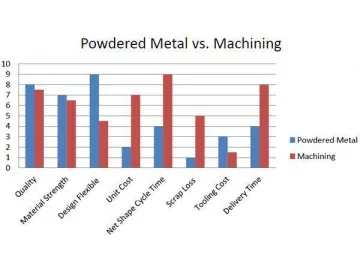
The following is a comparison between the casting process and the powdered metal processing technology.
Use Cold Forming
Cold forming is a manufacturing process that uses a mold to plastically deform a metal. It takes a long time to set up and adjust the production equipment for specific parts, so it is not suitable for small batch production. The quality of the parts produced by cold forming is not ideal, and the cost is three times more than the powdered metallurgy process. At the same time, the powdered metallurgy process takes less time.
The following is a comparison between the cold forming process and the powdered metal process.
Powder Metallurgy Applied
Powder metallurgy is a special metal working process that produces metal parts by heating the compacted metal powder below its melting point. Although the process has existed for more than 100 years, it has been widely recognized as a good way to produce high quality parts for just around 20 years. Regarding economic advantages or performance advantages, powder metallurgy process is better than traditional processing techniques.
Economic advantages
In the past few decades, powder metallurgy has been growing very rapidly, mainly because it saves the cost of metal processing compared to other metal processing methods such as forging or casting. In general, processing products using powder metallurgy processes saves more than 40% of the cost compared to forging and casting.
It saves costs compared to traditional processes. Some parts can only achieve special properties through powder metallurgy. Powder metallurgy products can be self-lubricated through immersion oil penetration, which makes the parts wear-resistant, durable, and low operating noise. Powder metallurgy can produce parts with complicated shapes that cannot be manufactured by other metal forming processes, reduce the amount of cutting, improve labor production efficiency, and save production costs. Especially for products with high processing cost such as gears, powder metallurgy manufacturing can greatly reduce the cost.
According to the survey, about 80% of auto parts need to be processed by powder metallurgy. So choosing powder metallurgy is economical in most cases. The powder metallurgy process can save 40% of the cost compared to other traditional technology.
Why is powder metallurgy more cost effective?
Using powder metallurgy to process metal parts enables higher material utilization, smaller manufacturing tolerances for the size of parts and better surface finish.
Traditional metal parts processing techniques have high operating costs, waste materials and energy. The figure below shows a comparison of various processing techniques.
Comparison of various processing techniques
| Processing technology | CNC Cutting | Casting | Forging | Powder Metallurgy |
| Material utilization/% | 85-95 | 75-85 | 95-98 | |
| Energy consumption /MJ·kg-1 | 80 | 40 | 50 | 30 |
Performance advantage
Impact strength and fracture toughness
The impact strength of the parts processed by the powder metallurgy is higher than the traditional processing technology, and the toughness is higher than that of the forging process. Tensile strength and yield strength
When the tensile strength and yield strength required for some parts are high, they must be processed by powder metallurgy. The powder metallurgy process can fill the surface of the part with a liquid metal with a lower melting point, and improve the strength. Compressive strength
The compressive strength of powder metallurgy parts is high because the metal parts are sintered after high-strength pressing, which increases the surface compactness and lower the porosity. Resistance to corrosion
Conventional coatings for powder metallurgy parts such as galvanizing, chrome plating, nickel plating, phosphating and other special coatings can improve the corrosion resistance of hardware parts. Fatigue strength
Powder metallurgy parts have strong fatigue resistance, and the durability limit increases as the density of the components increases. The fatigue strength can be improved by the densification sintering of the parts.
Links:https://www.globefindpro.com/products/12353.html
-
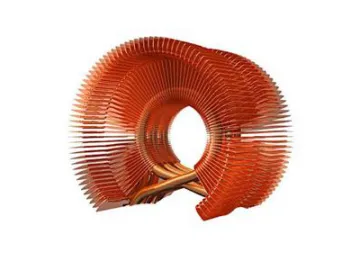 Heat Sink
Heat Sink
-
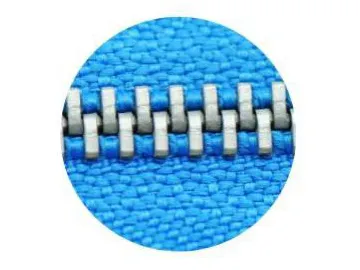 Zippers by Material
Zippers by Material
-
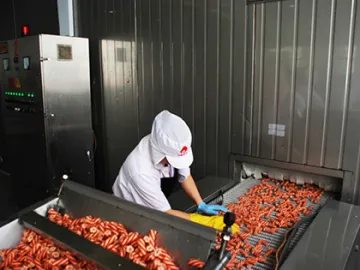 Convenient / Preserved Products Freezing System
Convenient / Preserved Products Freezing System
-
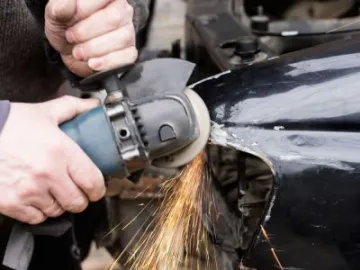 Automotive Repair and Maintenance
Automotive Repair and Maintenance
-
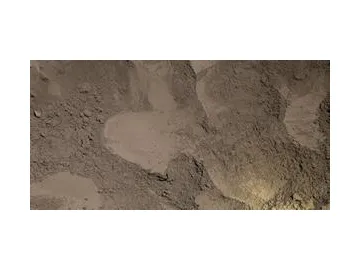 Materials
Materials
-
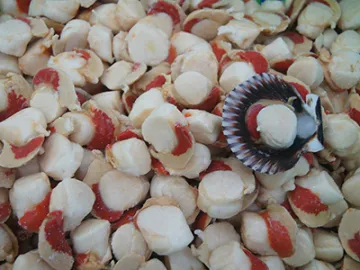 Aquatic Products Freezing System
Aquatic Products Freezing System
-
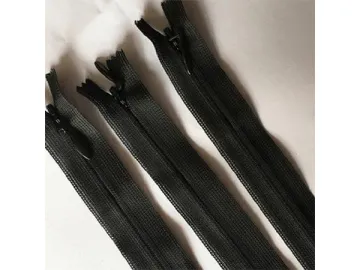 2# Zippers
2# Zippers
-
 Running Belt in Running Machine
Running Belt in Running Machine
-
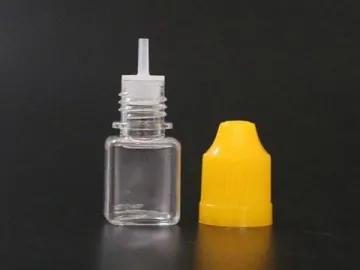 E Liquid Bottle, Square PET Bottle 5ml 10ml 20ml 30ml, Item TBLDES-3A E cigarette Accessory
E Liquid Bottle, Square PET Bottle 5ml 10ml 20ml 30ml, Item TBLDES-3A E cigarette Accessory
-
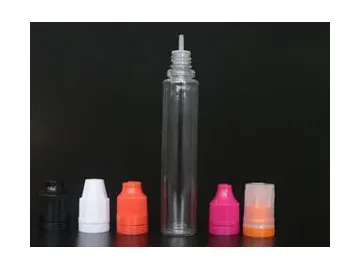 E Liquid Dropper Bottle, 30ml Unicorn PET Bottle, Item TBLDES-5A E cigarette Accessory
E Liquid Dropper Bottle, 30ml Unicorn PET Bottle, Item TBLDES-5A E cigarette Accessory
-
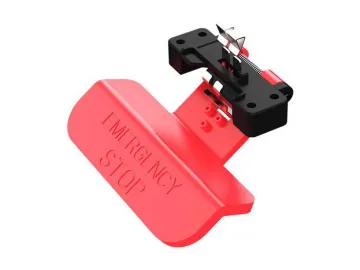 Safety Key on Running Machine
Safety Key on Running Machine
-
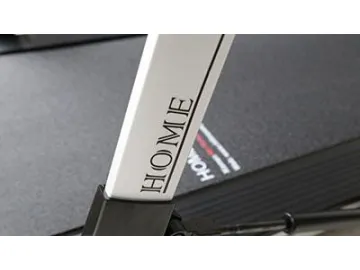 RH Fitness treadmills
RH Fitness treadmills
